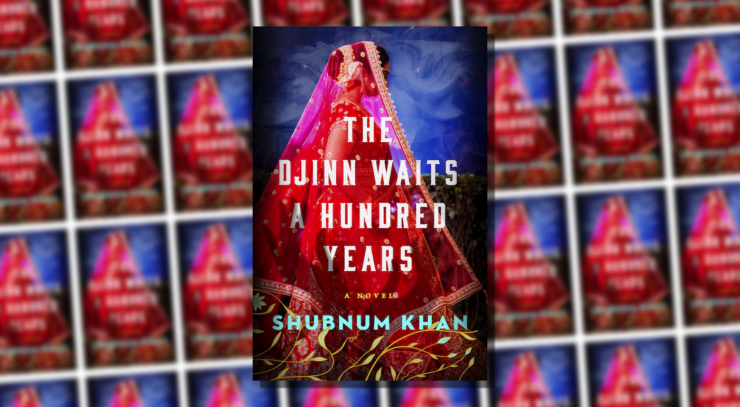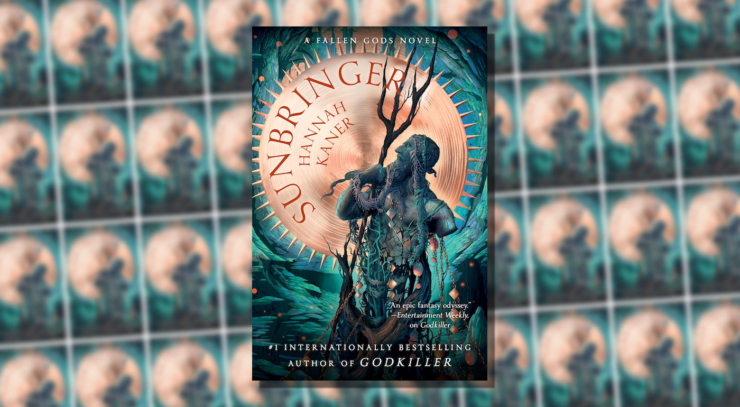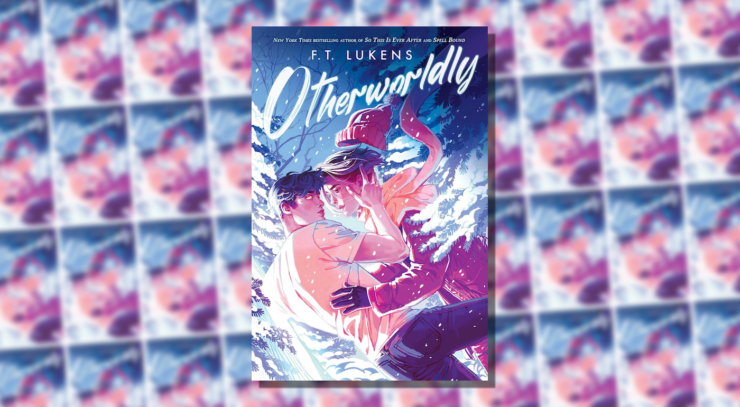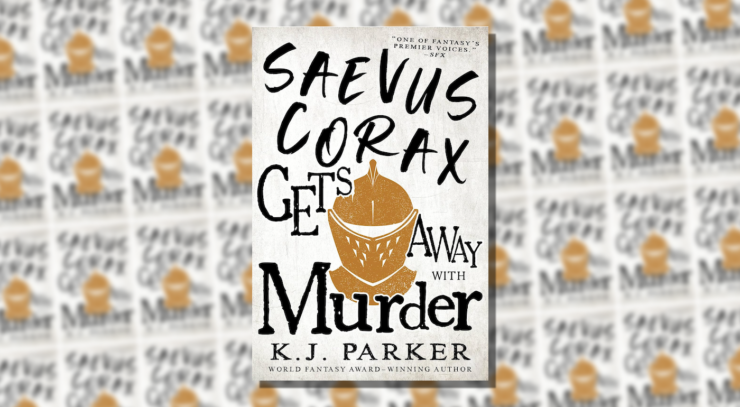Gothic mansions with skeletal secrets creak and loom throughout centuries of literature. The architecture and landscapes change, and the stories inside range from satire to supernatural horror—but the house is always a force, not just a setting. In The Djinn Waits a Hundred Years, Shubnum Khan’s shadowy estate overlooks the sea on the eastern coast of South Africa. Her magic realist tale melds historical fiction and coming-of-age narrative. And the manor itself? Both it and the djinn it holds have an opinion on how much of the past should be revealed.
The girl is interfering too much; she is upsetting the house; it can no longer hold on to its secrets the way it used to. More and more of the past is slipping through its fingers, and the house begins to break down further; pipes start to leak, cracks open in the walls, mold spreads, and the cold becomes unbearable. History is beginning to emerge…
Khan’s imbuement of sorrow and shame into the character of moldering 1920s palace Akbar Mansil is only one of the choices that render her American debut a triumph. Her novel is lush yet precise, tightly winding two narrative strands around each other to create a tapestry of love, loneliness, grief, and forgiveness. The central timeline is set in 2014 and follows Sana, a fifteen-year-old who moves to the mansion on the hill with her father, chasing a new home after Sana’s mother’s death four years prior. The giant house has been partially adapted into apartments where only solitary misfits stay for long. These residents are numb to the call of the house’s mysterious history, but Sana becomes fixated. As she begins to explore the abandoned and junk-filled east wing, the titular djinn hides in an untouched bedroom trembling with memories both beloved and unwelcome. After Sana at last unlocks this room, Khan introduces the 1920s-30s timeline of Indian sugar magnate Akbar Ali Khan, who immigrated from India to South Africa out of sheer love for the land, and the woman he loved. As the novel’s teenaged heroine discovers bits and pieces about the family that lived in Akbar Mansil, the text begins to intersperse scenes of these original inhabitants’ romantic drama and class tensions.
Khan’s decision to expand the historical tale into full narration, rather than limiting its details to those Sana finds in diaries and photographs, creates magic. Seeing the past as clearly as the present puts the reader not in the position of the questing Sana, but in the position of the house and the djinn. Even as we root for the girl to find the truth, we also want to protect her from the violent tragedy that we learn of before she does. Sana is haunted by so much already, trauma that finds physical form in a ghoulish apparition of her conjoined twin: a sister who died when the two babies were surgically separated.
Despite these painful elements and vast emotional themes, The Djinn Waits a Hundred Years is a hopeful book. Its construction is tight, cleaving to these two specific slices of life with only a little judiciously placed backstory, which keeps the novel from sprawling into the territory of a treatise on humanity. Khan’s lyrical, imagistic writing actually feels like memory—evocative and real, albeit seen through a slightly blurred lens. The cast of quirky contemporary characters at Akbar Mansil could come across as gimmicky, but instead these people become specific individuals who yearn to be a community despite themselves. Every image and object is included for a reason, either returning or becoming a motif, which gives the narrative a touch of the fairytale. As such, the story’s revelations dance from surprising to inevitable and back again, and it is deeply satisfying when every element of this localized mythology slots into place. Though the ending almost teeters into oversentimentality, its uplifting tidiness is earned by the novel’s folktale quality.
Let Khan’s poetic bent not imply that The Djinn Waits a Hundred Years is unmoored from reality, however. Class, religion, and colorism play crucial roles in orchestrating the doom of Akbar Mansil, while 2014’s characters continue to clash over many of the same issues. The creeping social colonialism of Britain is especially present in one of the historical characters, while both timelines investigate gender roles and ethnic inequities. The book delves into its characters’ moments of suicidal ideation, mental illness, and overwhelming grief, all with great care and sensitivity.
This foundation of the world’s cruelties melds with Khan’s rhythmic writing to create an immersive and memorable novel. The Djinn Waits a Hundred Years is reminiscent of such luminaries as Isabel Allende and Elif Shafak, and the delicious power of its rotting manor will draw more recent comparisons to Silvia Moreno-Garcia’s incredible Mexican Gothic. Yet Shubnum Khan has created a fable all her own, and readers drawn to everything from historical fiction to young adult fantasy will find something to love in this haunting reverie of a book.
The Djinn Waits a Hundred Years is published by Viking.














